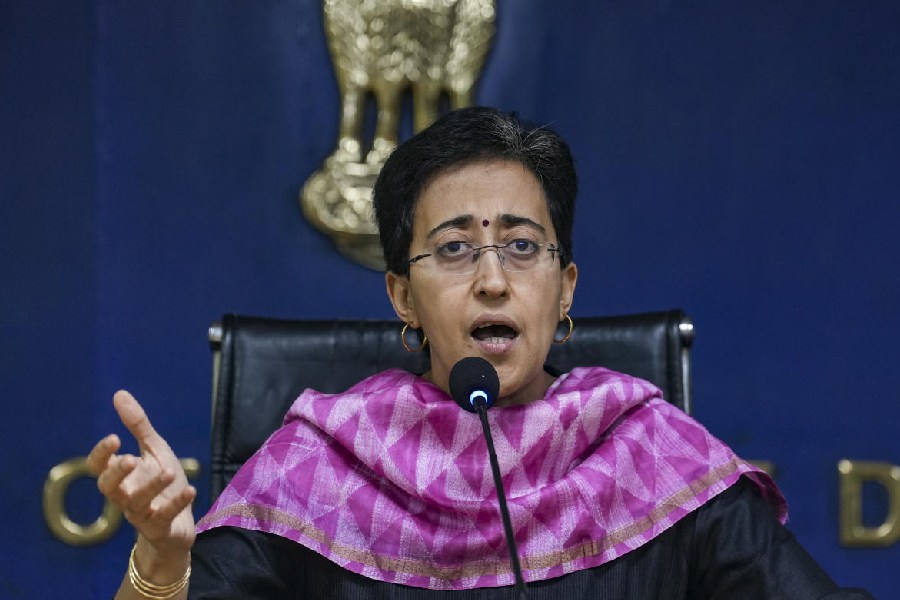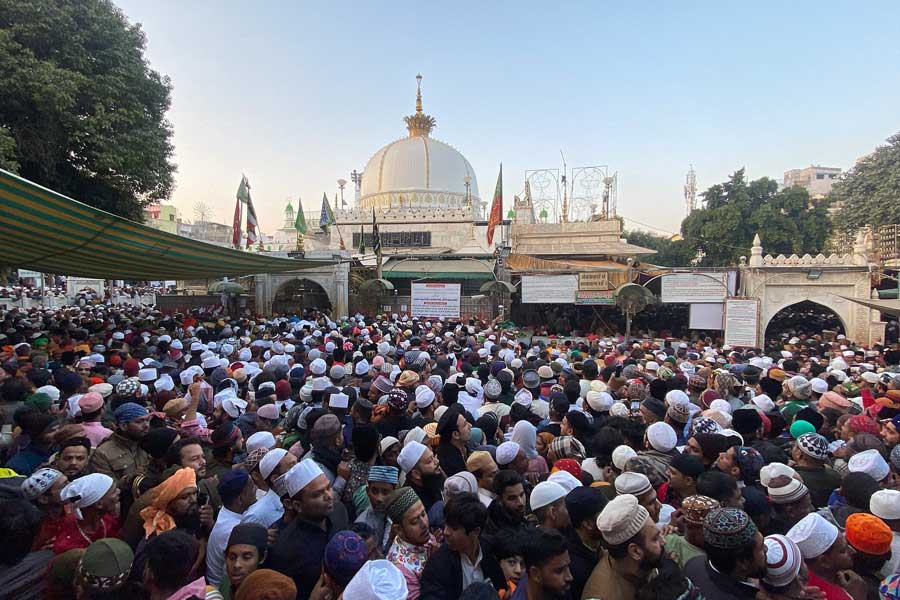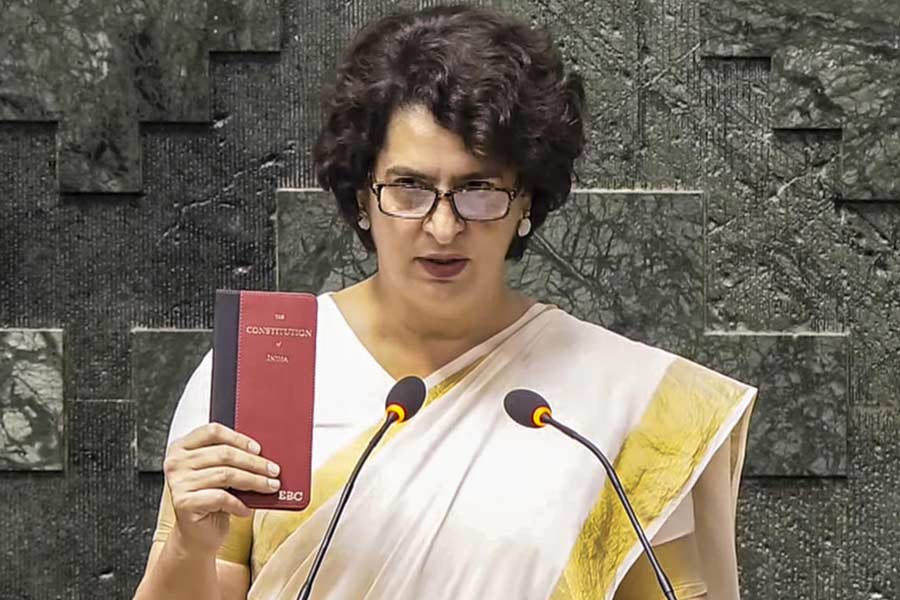In the willingness of a democratic country’s institutions to course-correct lies the hope of upholding rights and equality. This was evident most recently in the ruling by a bench of the Punjab and Haryana High Court, which said that live-in relationships in India are neither illegal nor an offence, even though they do not always meet with societal approval. The progressive stance taken by the learned judges gains further significance because two weeks ago two other benches of the same high court had refused protection to live-in couples on the grounds that such living arrangements are ‘morally and socially unacceptable’. The presence of contradictory rulings on the subject is unfortunate, not least because the ambiguity could serve to fuel regressive attitudes towards the rights of consenting adults to unions in a nation where the freedom of choice, even though it is guaranteed by the Constitution, cannot be assumed to be a given. The prevalence of honour killings in India bears testimony to this. While the National Crime Records Bureau left out data on honour killings in a report in 2019, it showed elsewhere that ‘love affairs’ constituted the third biggest trigger for murders between 2001 and 2017.
Indeed, the deeming of live-in relationships as ‘immoral’ goes against the tenet of the right to life and liberty of consenting adults. Such a transgression can take on alarming proportions especially when matrimony has not been able to prevent the harassment of couples who have chosen to marry by breaking the shackles of caste and faith. In brazen breaches of privacy, interfaith couples in Madhya Pradesh and Kerala have been harassed by Hindu vigilante groups; inter-caste marriages have also led to murder. These perhaps explain the plea for judicial protection by the petitioners in the two earlier cases that was — shockingly — denied. The previous verdicts seem to be in contravention of a Supreme Court judgment that said that the “assertion of choice is an insegregable facet of liberty and dignity”. Again, in a landmark judgment in 2015, the Supreme Court had ruled that an unmarried couple living together would be presumed married, and the woman would be eligible to inherit property after her partner’s demise. The judiciary is the hallmark of progress and liberalism. Yet, as the earlier pronouncements of the Punjab and Haryana High Court demonstrate, there is also a need for law to adapt to evolving societal norms and actively strive towards ending discrimination. The upholding of equality and individual rights by the courts consistently would be a boon in a land noted for embedded discrimination.











